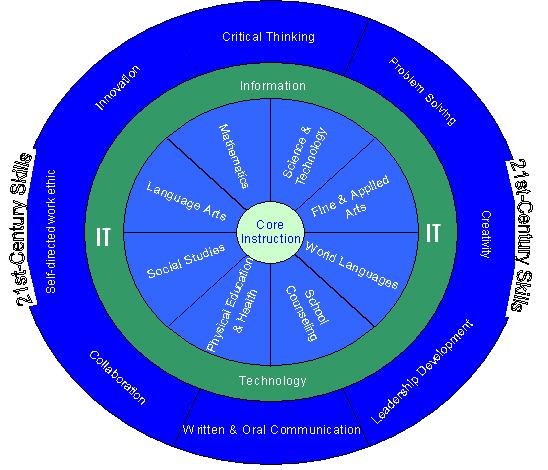Oct 14th, 2008 by Frank LaBanca, Ed.D.
Disclaimer: I am generally very pleased with the education my daughter is receiving at her elementary school. She comes home excited about learning, and I can see her growth in reading and especially writing. She is adept at finding patterns in numbers and we often “play games” to reinforce her math skills. This “rant” is an attempt for me to evaluate my own practices when assigning homework.
My 1st grade daughter comes home on Thursdays with a homework packet, which is to be done over the course of the week. The paper requests that for management purposes, the papers not be returned until the following Thursday. The assignments have caught my attention, but unfortunately, in a negative way.
I was quick to notice that the top portion of the paper has the date the assignment is given and it is followed by the date it is due. Usually the day (Thursday) and the month is typed in, but the numerical date always seems to be handwritten.

I inquisitively wonder how many years these papers have been recycled. I was particularly aggravated last week, when one of the “handwriting assignments” wasn’t even copied correctly – the children couldn’t even see the full word.
The assignments are uniform across all 8 sections of first grade – our neighbor’s child, in a different class, also comes home with the same work. There is little to no differentiation on the pages, and I find many of the assignments to be busy work. I work with my child diligently, but I really see very little learning taking place, besides the responsibility of a parent to work with a child to complete this work. Perhaps skills are being developed, but I see very little attention being paid to higher-order thinking. In fact, the one time I see a potential higher-order thinking assignment, it’s assigned to ME!
As part of our fire safety program, please create a simple map of your home showing at least two fire escape routes from your child’s bedroom as explained in the packet.
My child’s? I recognize this is most likely an error on the part of the original writer, and that my daughter is the one that is supposed to complete the assignment, but it just illustrates to me the lack of care that goes into the preparation of these documents.

As many know, I am a strong advocate for 21st-century skills. To me, they are just as relevant in elementary school as they are in high school. If we are preparing our students for the challenges and demands of a 21st-century society, I think we are obligated to request meaningful work that challenges them (as developmentally appropriate), but moreover asks them to use those skills that are so critical: critical thinking, problem solving, collaboration, effective written and oral communication, creativity, and the likes.
I think it just reminds me of the importance of relevance when we give students work to complete outside of class. I need to be mindful that an assignment should be a learning experience, and challenge my students to make connections with previous knowledge, build skills, and certainly use higher-order thinking. If we are not promoting thinking and acquisition or refinement of knowledge, we are not valuing the time our students are spending doing work outside of class. Meaningful work can take a long time to complete – that’s acceptable, because learning is taking place. What I must try to avoid are assignments that don’t have meaning, and don’t stretch students to learn.
Equally important is to provide feedback to students, even when the work is good. We always talk in education how there’s room for improvement, and our students need similar feedback.

I hope I haven’t insulted too many people. Moreover, I hope I assign homework that follows my model.